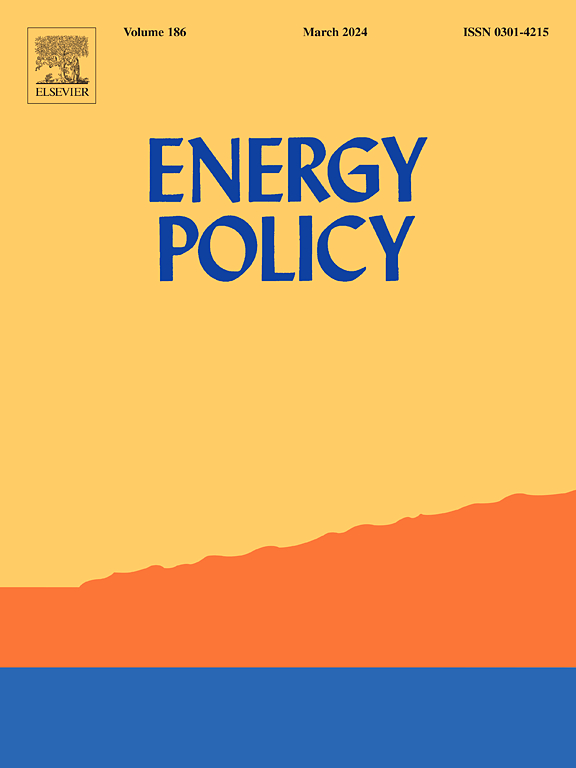Post-connection electricity demand and pricing in newly electrified households: Insights from a large-scale dataset in Rwanda
IF 9.3
2区 经济学
Q1 ECONOMICS
引用次数: 0
Abstract
Recent electrification efforts in Africa have expanded household connections, but understanding of post-connection electricity consumption and affordability challenges remains limited. This study examines consumption patterns and price elasticity among newly connected households in Rwanda, utilizing consumption and billing data from the national utility. Using both descriptive and econometric analyses, we assess trends in electricity usage and estimate price elasticity specifically for low-consumption customers. Our findings show that newly connected households, particularly in rural areas, consume substantially less electricity than longer-standing, primarily urban customers. Furthermore, with each new year, the most recently connected use even less electricity than those connected in previous years. We observe that demand growth remains stagnant, with overall increases in demand driven by new connections rather than increased consumption among existing customers. Among low-consumption households, price is inelastic, suggesting limited capacity to stimulate demand growth solely through reduced tariffs. These results underscore the limitations of tariff policies in driving electricity consumption growth and emphasize the need for targeted interventions to enhance usage, especially for economically disadvantaged households. Our study offers insights applicable to other low-income countries undergoing similar electrification initiatives, providing valuable evidence for policymakers seeking to expand access to affordable electricity and promote sustainable demand growth.
求助全文
约1分钟内获得全文
求助全文
来源期刊

Energy Policy
管理科学-环境科学
CiteScore
17.30
自引率
5.60%
发文量
540
审稿时长
7.9 months
期刊介绍:
Energy policy is the manner in which a given entity (often governmental) has decided to address issues of energy development including energy conversion, distribution and use as well as reduction of greenhouse gas emissions in order to contribute to climate change mitigation. The attributes of energy policy may include legislation, international treaties, incentives to investment, guidelines for energy conservation, taxation and other public policy techniques.
Energy policy is closely related to climate change policy because totalled worldwide the energy sector emits more greenhouse gas than other sectors.
 求助内容:
求助内容: 应助结果提醒方式:
应助结果提醒方式:


